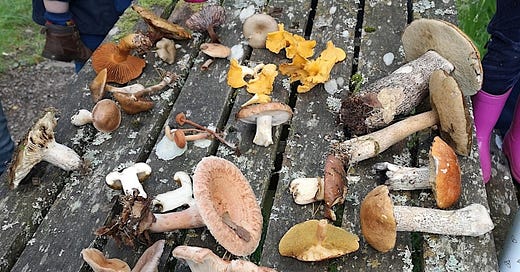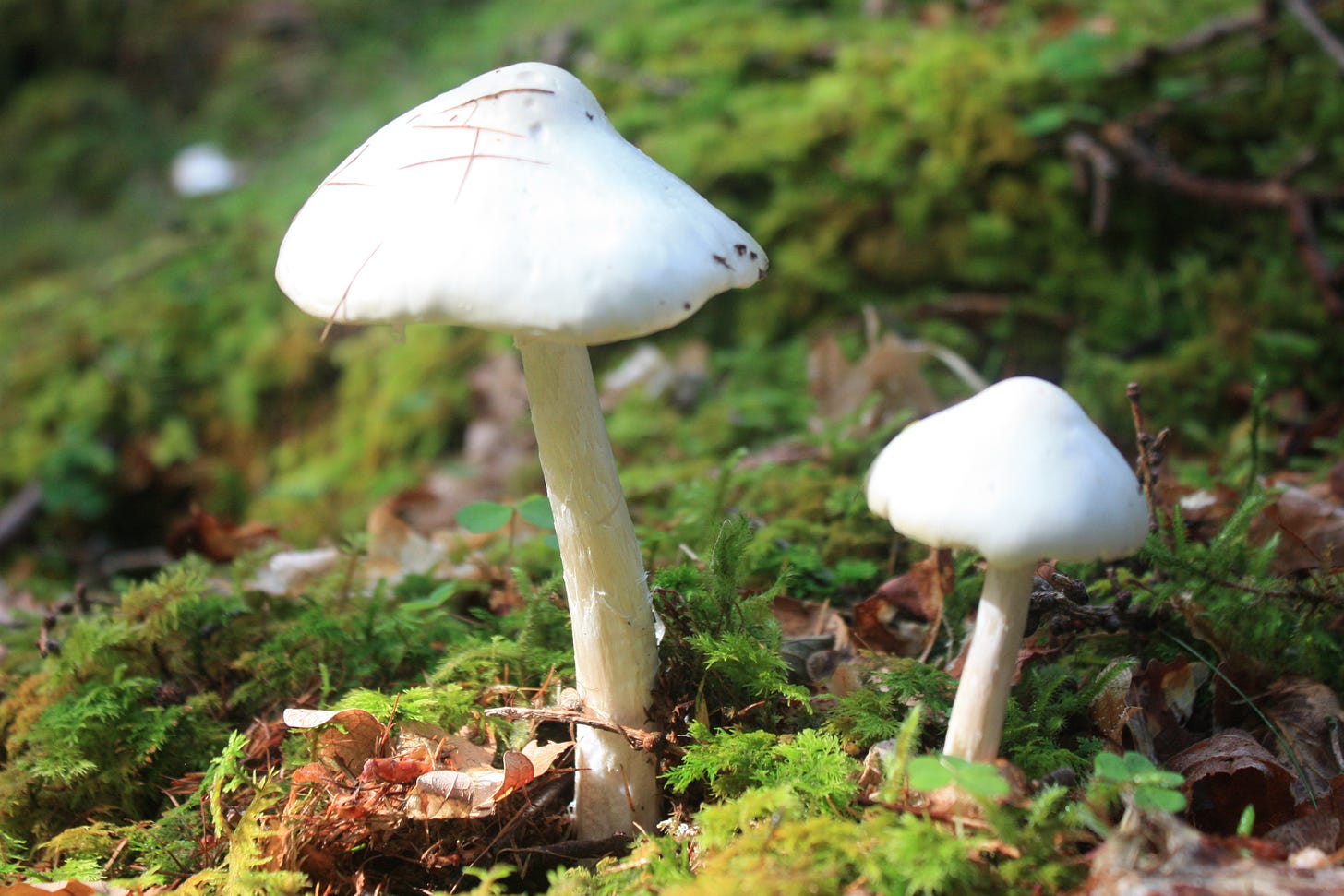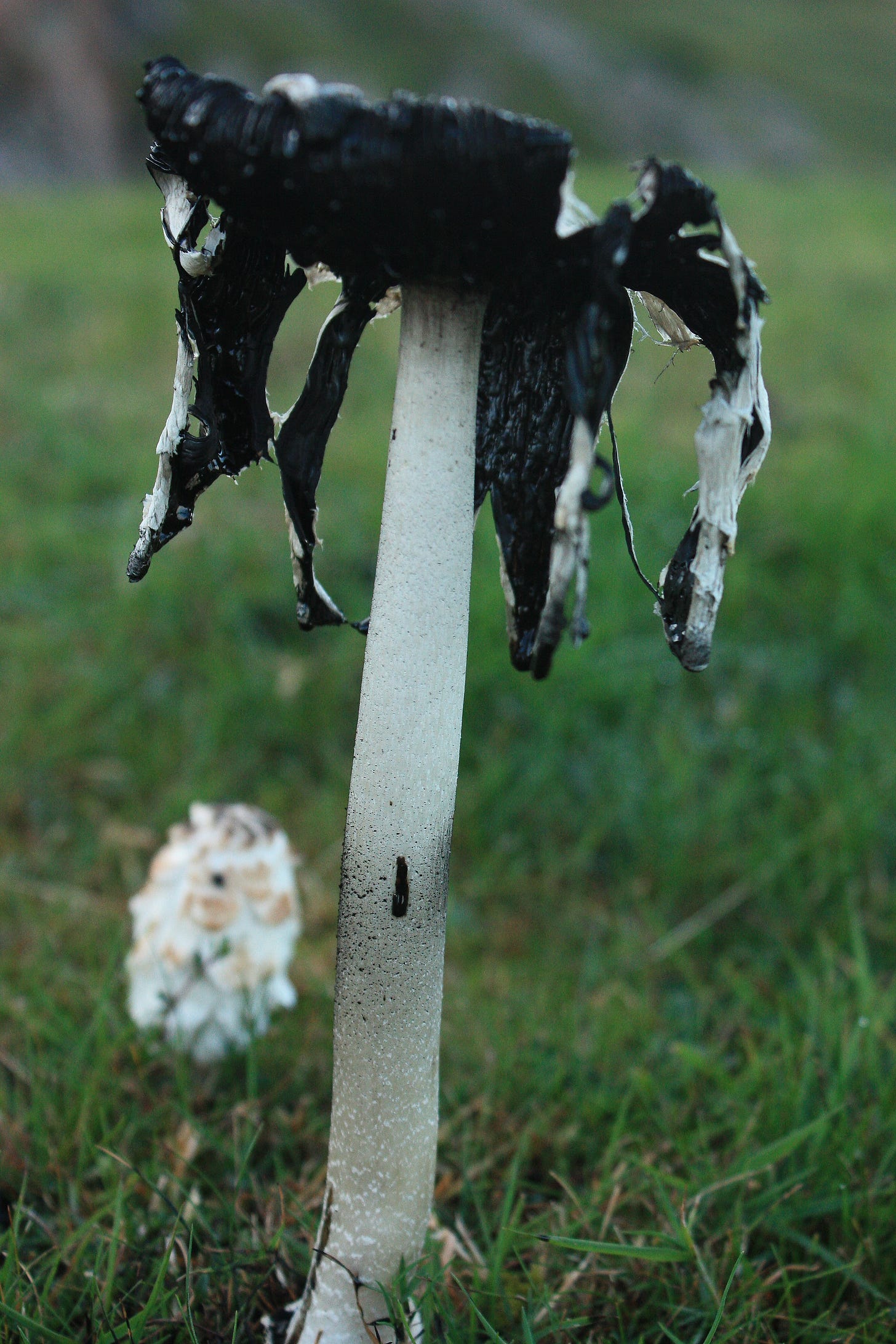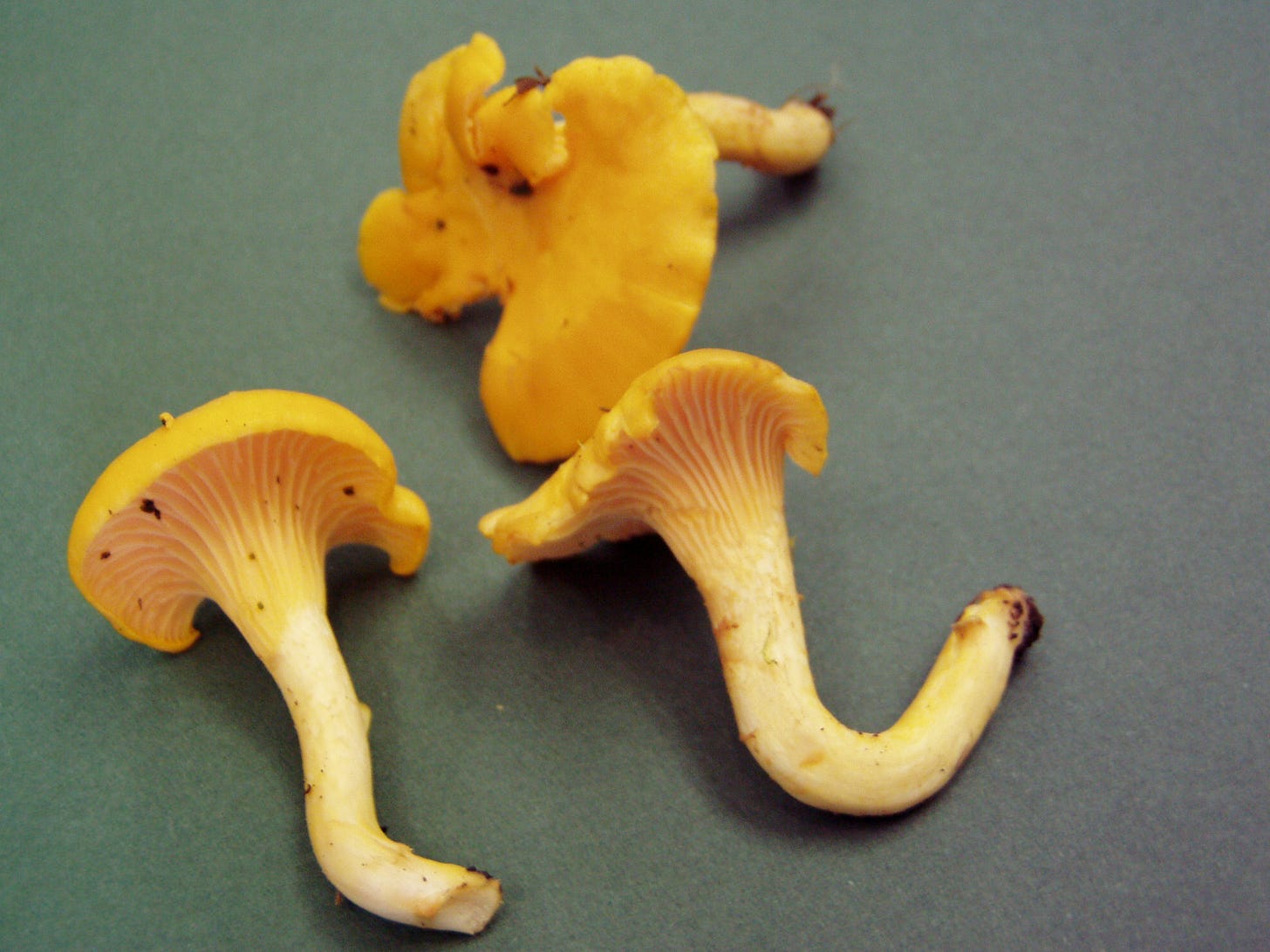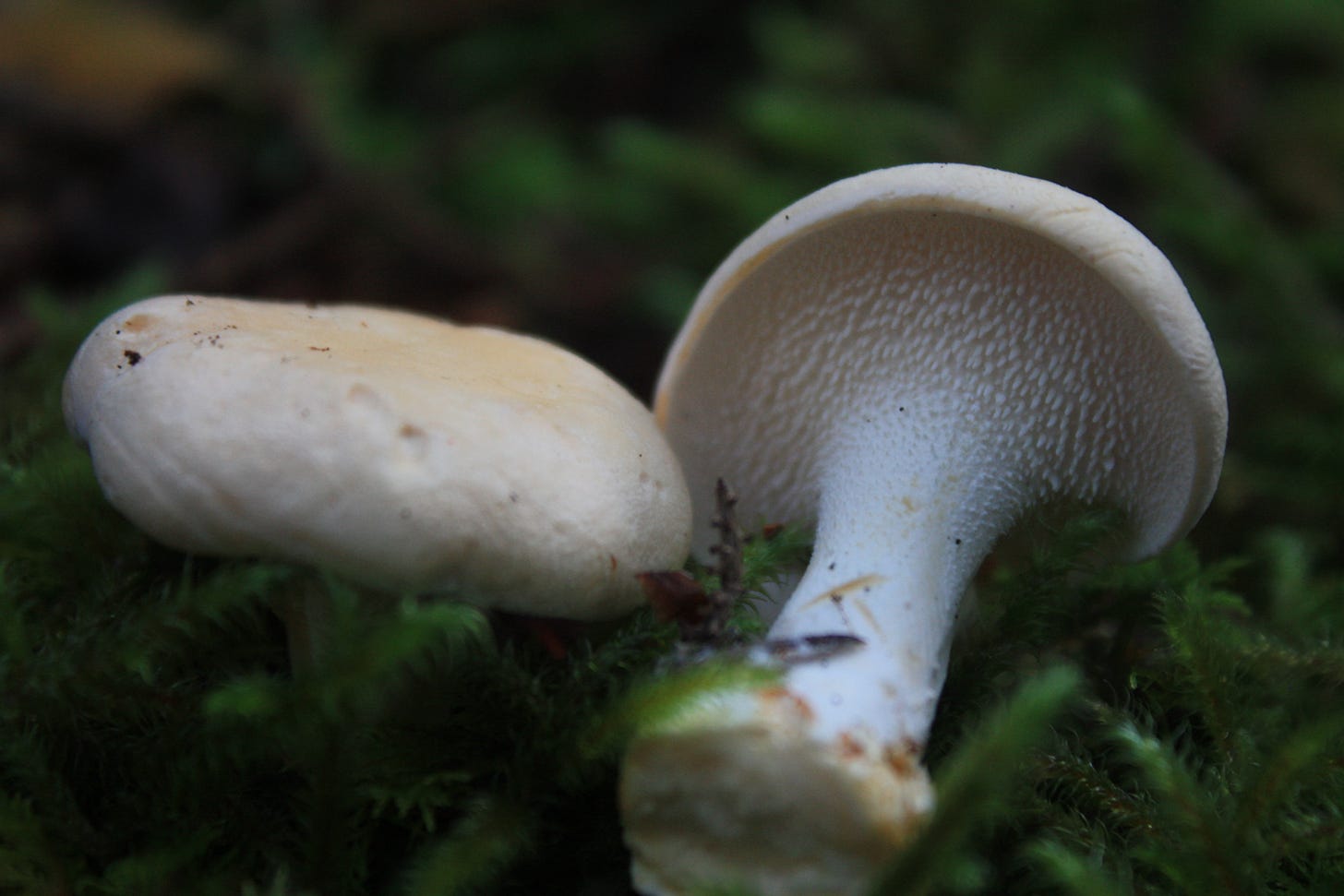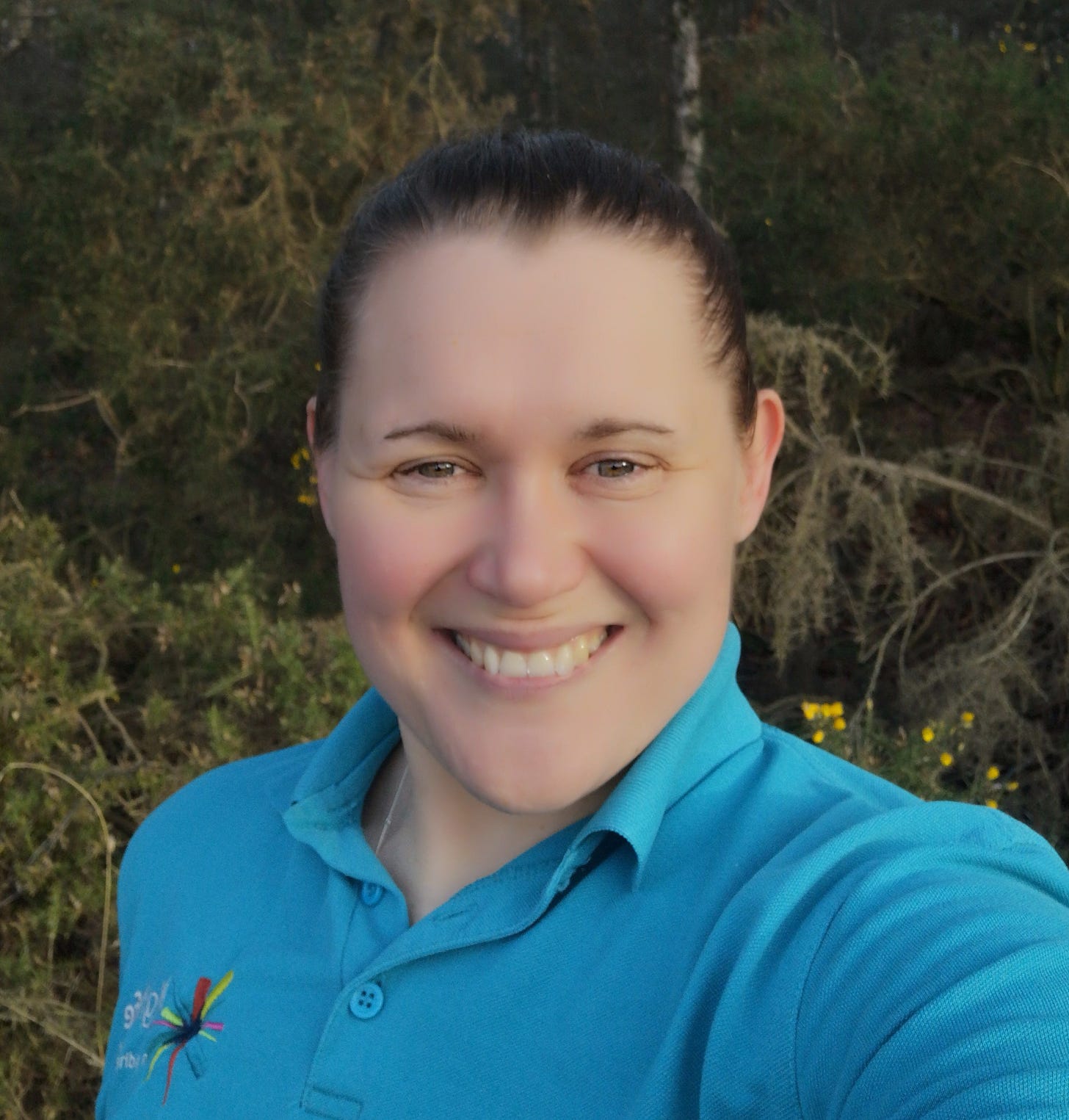It’s Autumn and those strange looking forest flowers are emerging from the soil all throughout the Highlands. The fungi are out in force, and the biggest question on everyone’s lips is, can I eat it?
The short and slightly flippant answer is that yes, you can eat any fungi ONCE.
But the real answer is that there are indeed a lot of fungi that are edible and even very tasty. There are, however, also an awful lot of fungi that can cause sickness, irritation or even death.
It’s because of this that foraging for mushrooms is a risky business, and you should never eat any mushroom unless you are 100% confident that you’ve identified it correctly. BUT Maybe not even then!
Does it have gills?
For those that are beginning with fungi foraging the best place to start is with the fungi that do not have gills. These groups are likely to have the most distinguishing identifiable features and are easier to identify in the field without much specialist equipment.
So, what does it mean for a fungus to not have gills? This is the feature on the underside of the cap where the spores are held and released, for many species this is in the form of gills like you find on your average shop bought mushroom. There are several species that employ different structures such as pores, spines, or folds.
It’s important to note that you can’t confidently identify a mushroom without picking it up, looking at the underside of the cap, the stem and cutting it open to observe the flesh inside.
We will now look at three very distinct and popular species that are edible with each of these types of spore releasing structures. Treats without gills Chanterelle Cantharellus cibarius can be found from May through to November in most woodlands. It’s relatively easy to identify with its egg yolk yellow colour and flat cap with an irregular margin. This species looks superficially like it has gills, but they’re not true gills, instead they’re forked, slightly rounded folds which also run down the stem.
This species can be confused with the False Chanterelle Hygrophoropsis aurantiaca that grows in similar habitat. But it has more of an orange yellow colour and if you split the mushroom to reveal the flesh inside it will be the same colour as the outside. In a true Chanterelle the flesh is white and not the same colour on the outside.
Hedgehog Mushroom Hydnum repandum can be found from August through to October, again in most types of woodland. This mushroom is fairly common, but I always find it a lovely surprise when I turn it over and see it’s delicate spines under the cap. It’s a pale mushroom with a convex cap and that is usually all you can see when looking from above, which could mean a number of forest species, but as soon as you pick it up and look under the cap you know you’ve found something to take home! The colour and distinctive spines are unmistakable for anything else.
Penny Bun Boletus edulis like the hedgehog, is popular with foragers. It is found between August and October in mixed woodland, but is more commonly found with beech, oak or pine. All boletes have pores under the cap, in Penny bun these are small and white but can colour slightly yellow with age. The cap starts off white but turns brown and looks like a bread roll, it may also have a white edge to it. The stem is light in colour, chunky and bulbous at the base. The flesh is white when you cut it open. It smells strongly mushroomy!
Luckily there are no poisonous mushrooms that look like this one, in fact the boletes in general are not poisonous and those that are like Satans bolete Rubroboletus satanas warn you by being bright red or orange! (this one is also only found on chalky soil in the south of England so not so much of a worry in the Highlands) You could potentially confuse this one with the Bitter bolete Tylopilus felleus but this is not poisonous just very distasteful!
Know the Code!
The Scottish Outdoor Access Code allows for the foraging of mushrooms for personal use, but it’s good practice to ask for landowner permission before hand. You are only allowed to sell mushrooms foraged from land with landowner permission or if you own the land yourself. This means that you cannot collect a bagful of mushrooms to sell commercially without permission.
This rule is in place to ensure that there is no overharvesting and disruption of the natural habitat. Based on this it is also bad form to collect many mushrooms from designated areas like nature reserves. It’s important that you understand your rights and responsibilities in the countryside before you go out.
Remember that there are lots of Highland wildlife depending on those fungi to get through the winter, so if there is only a few then don’t take any. If you are lucky enough to find a large patch then forage some but leave some to nature.
Want to find out more about fungi?
I am running a series of fungi forays this autumn around Easter Ross and South East Sutherland. These events will be an introduction to the fascinating kingdom of fungi. We will not be collecting to eat but looking for and identifying as many different species as we can to showcase different identification features.
We will also discuss the numerous uses that fungi have provided and the new uses that we may yet find for them in the future.
We ask for donations for these events to help with our work, which goes towards education about and protection of the nature of the Highlands. Why not join me?
Know the code before you go and enjoy the wonders of wild mushrooms!
Marcia O'Hara is High Life Highland's dedicated Countryside Ranger for Easter Ross and South East Sutherland. She infuses her love for nature into every aspect of her work, from community clean-ups to guided events and workshops. With an academic foundation in Environmental Biology, Marcia excels in bringing fresh perspectives to her sessions, making science come alive in community learning. Known for her ability to engage and inspire, Marcia has a special interest in woodland botanics, including fungi, lichen, and trees. Her unique approach and deep connection to nature have made her an invaluable asset in preserving the natural beauty of the region she covers.


